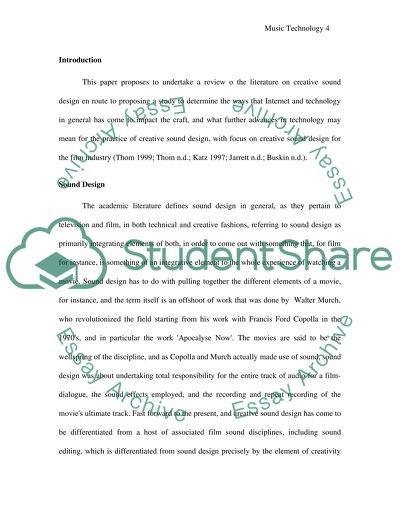Cite this document
(“Music Technology - Sound Design for the Moving Image Research Proposal”, n.d.)
Retrieved from https://studentshare.org/music/1451527-music-technology-sound-design-for-the-moving-image
Retrieved from https://studentshare.org/music/1451527-music-technology-sound-design-for-the-moving-image
(Music Technology - Sound Design for the Moving Image Research Proposal)
https://studentshare.org/music/1451527-music-technology-sound-design-for-the-moving-image.
https://studentshare.org/music/1451527-music-technology-sound-design-for-the-moving-image.
“Music Technology - Sound Design for the Moving Image Research Proposal”, n.d. https://studentshare.org/music/1451527-music-technology-sound-design-for-the-moving-image.


